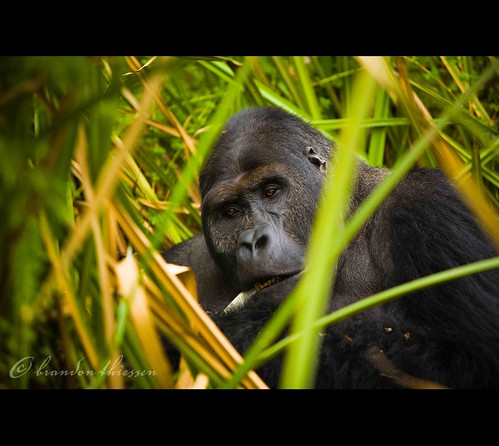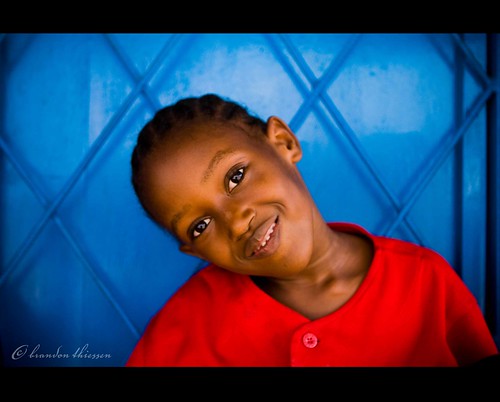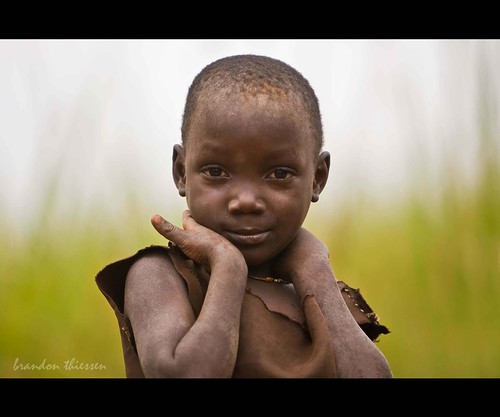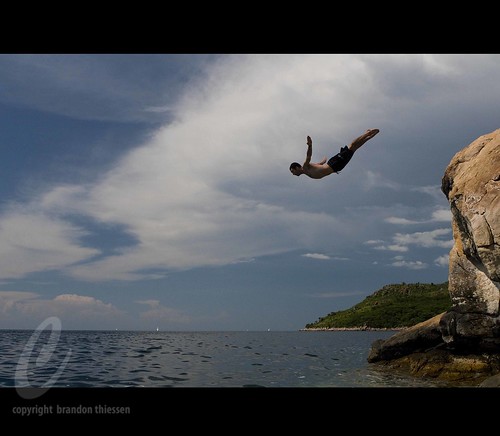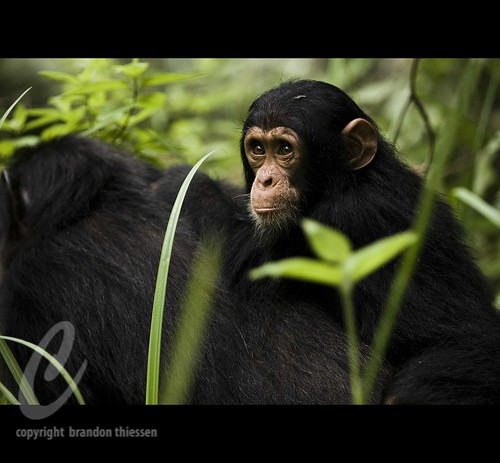Parents’ Visit, Instalment Number One: Burundi

Additionally, I have indeed been regularly posting on a blog, just not this blog. As the last post here directed, I’ve started a photo project that is updated thrice weekly and keeps me somewhat busy, in addition to being quite busy at work, and travelling frequently.
But as I mentioned, my parents did finally come to visit for three weeks. We had an incredible time, and did far too much to write about in a single post, so I’ll break things up into three instalments. Here we have:
Parents’ Visit, Instalment Number One: Burundi
November seventh was a propitious day. Firstly, it was the day I celebrated my second-year anniversary of being in Burundi, having thus far maintained my sanity (although this might be disputed in some circles), and in innumerable ways finding myself living a much fuller life than ever before. On November seventh I also celebrated the arrival of my parents, something that I had been looking forward to for, well, two years. As they walked off the plane onto the baking tarmac, I’m sure that they really had no idea what they were in for, but they know me well enough to suspect whatever awaited them would be an adventure.
 I think they also quickly discovered that there’s not a whole lot to do around the city, which suited us fine for we were soon on our way upcountry to see the real Burundi. On our way to Cassien’s home in the south of the country, we stopped and drank from the Source of the Nile. Now, each country in East Africa claims the true source. Burundi’s claim rests on the fact that they are the southern-most country inside the Nile Basin; all water inside the basin eventually drains into Lake Viktoria and then the Nile, while water on the other side of the mountains in the west and south of Burundi drain into the Congo River and eventually the Pacific. So, maybe we’ll all live forever or something.
I think they also quickly discovered that there’s not a whole lot to do around the city, which suited us fine for we were soon on our way upcountry to see the real Burundi. On our way to Cassien’s home in the south of the country, we stopped and drank from the Source of the Nile. Now, each country in East Africa claims the true source. Burundi’s claim rests on the fact that they are the southern-most country inside the Nile Basin; all water inside the basin eventually drains into Lake Viktoria and then the Nile, while water on the other side of the mountains in the west and south of Burundi drain into the Congo River and eventually the Pacific. So, maybe we’ll all live forever or something.



There’s a lot more to tell, but that’s the meat of it. My parents had a great time meeting my colleagues and seeing the office and a tree nursery; they met my friends who support me and keep me sane (or perhaps we go nutty together?); they ate at some of the nicer restaurants we frequent on weekends; enjoyed sundowners at one place that sits atop a hill and overlooks the city, Lake Tanganyika, and the mountains of Congo beyond; they lounged at home and enjoyed omelettes and fresh fruit juices; and of course they held pythons and teased the spitting black cobra at Musée Vivant.



